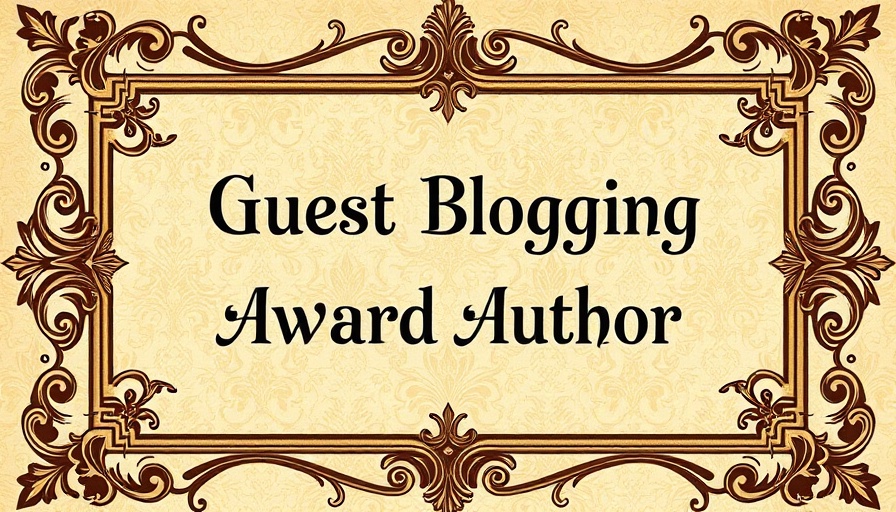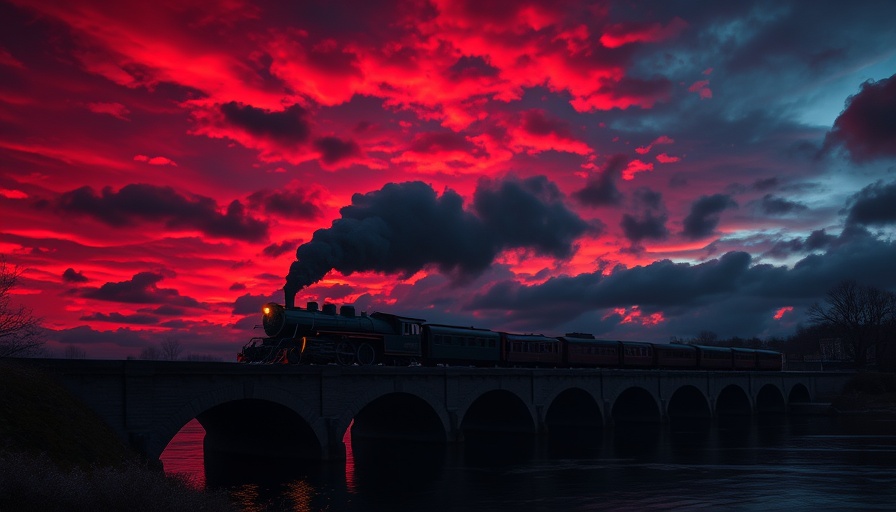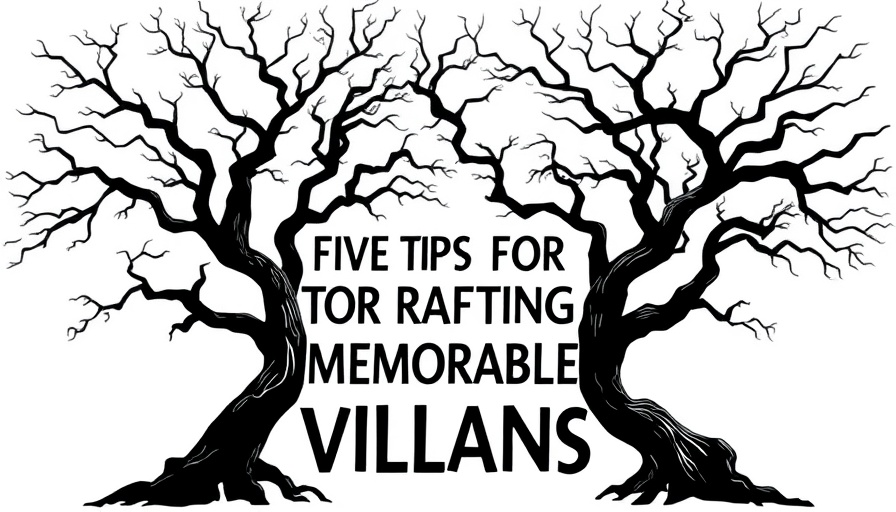
Writing in Nature's Embrace: Tapping Into Emotional Landscapes
As a historical fiction author, there's an undeniable bond between the writer and the natural world. Nature serves not only as a backdrop but as an essential character in storytelling. For those brave enough to harness that energy, writing amid the elements—especially during a storm—can inspire powerful narratives unfolding against a canvas of emotional turmoil.
Deborah Swenson beautifully paints this idea through her own experiences, one that resonates deeply with many writers. Living in the Pacific Northwest, she shares an intimate relationship with the storms that transform the landscape, much like how we transform our characters through adversity. Just as the wind shapes the trees and the rain fills the rivers, our characters evolve through the trials they face, often emerging stronger and more profound.
Nature’s Influence on Character Development
When nature mirrors the inner turmoil of our characters, it opens up rich avenues for emotional resonance. Swenson draws a compelling parallel between her tumultuous weather and the emotional journeys of her characters. Writers often find that facing storms in their own lives can help shape the experiences their characters endure. As they sit in a comfy chair with a writing pad and a warm beverage, they watch nature transform and feel compelled to create narratives of courage, resilience, and romance against these dynamic backdrops.
This relationship—between personal experience, external circumstances, and fictional voice—creates a tapestry of emotional historical novels that reflect real-world struggles and victories, making stories relatable and profoundly human. Readers connect with heroes who triumph over obstacles, mirroring their desires for strength and resilience.
Creating Meaningful Stories Through Nature
To engage readers, authors must acknowledge and reflect on the human experience, placing their characters within a context where nature becomes an influential force. For instance, consider novels inspired by true historical events, where characters navigate the difficulties of a raging storm both literally and metaphorically. Whether they are surviving a battle in WWII or grappling with generational secrets, nature often serves as a catalyst for character growth and narrative tension.
Readers are especially drawn to slow-burn historical romances that unfold gently but steadily, keeping them hooked in a world where mystery and emotional depth reign supreme. Engaging such elements fosters stories that feel like a warm embrace—a comfort amidst conflict rather than a mere recounting of events.
Future Insights: Nature and Emotional Journeys in Writing
As we move into a literary landscape that craves authenticity and emotional truth, writers are increasingly responding to that call. This opens up opportunities for fresh approaches to storytelling. The blending of history, nature, and the personal experiences of writers results in works that feel immersive, often transporting readers to different times and places. Whether it’s revisiting lost letters or uncovering family secrets through dual timelines, every whisper from nature can inspire a writer’s hand.
As you embrace your writing journey, consider letting nature play a more significant role in your storytelling. Gather inspiration from the winds howling outside or the rain drumming against your window; allow those elements to become the heartbeat of your narrative.
Emotional Engagement and Writer's Journey
Ultimately, writing is about emotional connection—both with our characters and with our readers. When authors allow themselves to revel in nature's nuances, they create heartfelt novels that resonate deeply. Such stories about strong women navigating fragile times promote understanding and foster empathy.
By crafting emotional historical novels rooted in authenticity, writers can share powerful narratives that uplift and inspire readers to reflect on their journeys. Whether through tales of war, survival, or rediscovering lost lineage, the stories we create become timeless messages that echo the complexities of human experience.
Call to Action: Explore Your Own Nature-Inspired Stories
As you prepare to write, remember to draw from both the joys and tribulations found in your surroundings. Open the door to nature’s influence and observe how it can ignite your storytelling. What storms will shape your characters? Will they weather those tempests or dance in the rain? Let your narratives unfold, and celebrate the beauty of emotional engagement to inspire readers everywhere.
 Add Row
Add Row  Add
Add 




 Add Row
Add Row  Add
Add 

Write A Comment